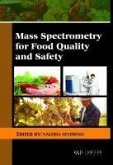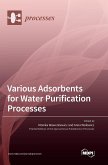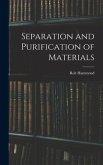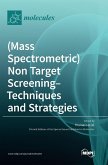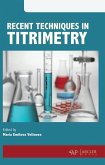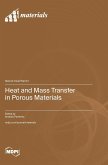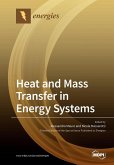Mass spectrometry or MS is an analytical method or technique to ionize different chemical species and then sorting the ions on the basis of their mass-to-charge ratio. Simply speaking the function of a mass spectrum is to measure the mass of a sample (combined masses of its atoms) (De Hoffmann & Stroobant, 2007). MS is extensively used various fields and has numerous applications. It can be applied to both complex mixtures and pure samples.The spectrum of MS analysis is composed of an ion signal plot as a function of the mass-to-charge ratio, which is utilized for the determination of the elemental as well as the isotopic signature of any given sample. The sample may be the masses of molecules or particles (Smidt, 1981). Mass spectra can be used to elucidate the structure and chemical composition of molecules or chemical compounds, such as peptides (De Hoffmann & Stroobant, 2007).The typical process of MS involves the ionization of a sample (solid, liquid, or gas). Ionization can be done by bombarding the sample with electrons. Ionization often results in breaking of the molecules of the sample into some charged fragments. The ions formed are then separated as per their mass-to-charge ratio. This is typically achieved by accelerating the ions through an electric or magnetic field. The ions of the identical mass-to-charge ratio will experience a deflection of the same amount (Fenn, Mann, Meng, Wong, & Whitehouse, 1990; Sparkman, 2006). The detection of ions is made by methods capable of detecting charged particles, for example, an electron multiplier. The displayed results as spectra are nothing but the relative abundance of the ions detected as a function of their mass-to-charge ratio. The identification of atoms or molecules present in the sample can be carried out by the correlation of known masses with that of the identified masses. Atoms or molecules can also be identified by the characteristic fragmentation pattern (Smith, Loo, Loo, Busman, & Udseth, 1991).Purification of compounds is an important technique in analytical chemistry, as well as biochemistry and biology as compounds created in laboratories or isolated from organisms, contain impurities.There are different purification methods available. The common purification methods are distillation, crystallization, sublimation, chromatography, centrifugation and electrophoresis (Seader & Henley, 2011).When the physical and chemical properties of the individual components present in a mixture vary widely, their separation becomes easier. However, if the individual components present in a mixture do not vary greatly and have similar chemical and physical properties, then their separation becomes more and more difficult. For example, the physicochemical properties of amino acids are similar making them quite impossible to separate from a mixture using conventional methods of separation (Flynn et al., 1997; Seader & Henley, 2011).Therefore, the choice of separation technique to be used depends on the compounds present in a mixture and the one to be separated. The current chapter provides an overview of the mass spectrometry and the common purification or separation techniques used in chemistry and biological sciences.
Hinweis: Dieser Artikel kann nur an eine deutsche Lieferadresse ausgeliefert werden.
Hinweis: Dieser Artikel kann nur an eine deutsche Lieferadresse ausgeliefert werden.


